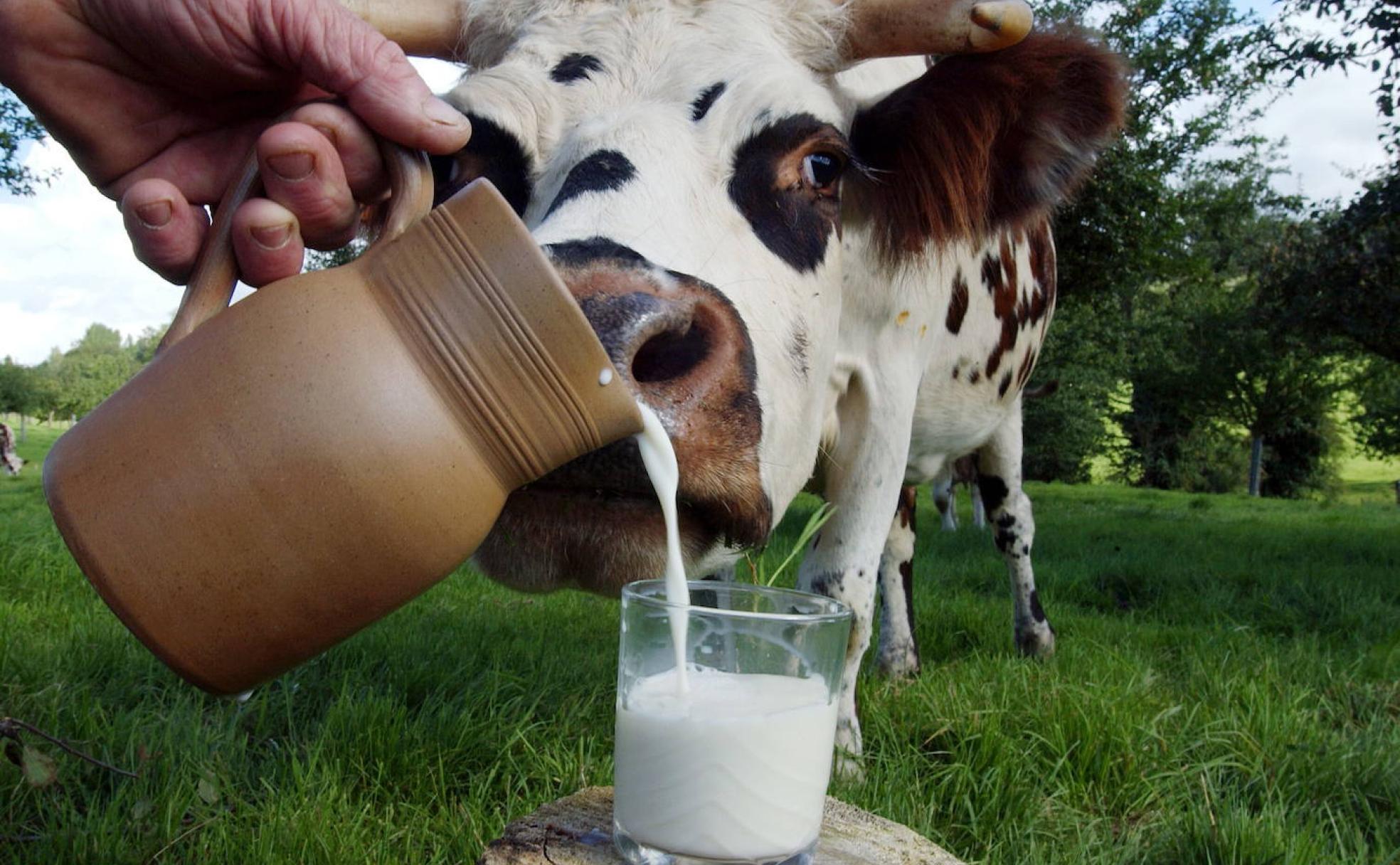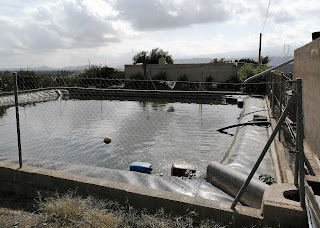Spain has always had an interest in milk, even if, until recently, you couldn’t find a cold glass of it anywhere.
The old milk was a definite bluish colour and came in a 1.5l glass bottle with a narrow top and a metal cramp, like a coke bottle. This stuff could sit in the sun for weeks without losing its taste and often did. Apparently, to help it last, they took the cream out of the milk and added a shot of pig fat. The blue colour came, apocryphally, from the formaldehyde that kept the mixture quiet. This explains why breakfast cereals came to Spain rather late. Pour that broth over your Frosties, it would have eaten them before you could.
Later UHT milks from different companies, now mostly in the handy tetrabrik box, became acceptable for coffees and so on. A cup of (proper) tea would be flustered by this stuff, but you can get used to anything. Now, we even have sippin’ milk in the supermarkets. Tastes good.
While milk has never been considered a serious drink (despite the
best efforts of some of the producers to tell us different in the usual
kids adverts), it has certainly spawned a whole slew of versions. We
have milk with vitamins, milk with calcium, skimmed milk, partially
skimmed milk, milk with royal jelly, milk with acidophilus (a handy
bacteria apparently found in drool), specially flavoured chocolate,
vanilla and strawberry milks, rice milk, soya veggy milk and  even
the ubiquitous goat's milk (which I still haven't tried). In point of
fact, I doubt if many of them ever loitered under a cow. Certainly our
pet calf, Petit Suisse, refused point blank back in her heyday to drink
one particular brand, the Valencian-produced ‘Leche Ram’. I see the
company has since gone pear-shaped. Perhaps the calf knew something.
even
the ubiquitous goat's milk (which I still haven't tried). In point of
fact, I doubt if many of them ever loitered under a cow. Certainly our
pet calf, Petit Suisse, refused point blank back in her heyday to drink
one particular brand, the Valencian-produced ‘Leche Ram’. I see the
company has since gone pear-shaped. Perhaps the calf knew something.
There's a thing that looks like milk but isn't - the exotic Valencian horchata made out of a tuber called chufa, or tiger nut. Obscure maybe, but served cold it hits the spot. It is also one of those rare drinks that can't be mixed with booze, no. While warm milk will take kindly to brandy, horchata is decidedly abstemious.
At the same time, yoghurt has done just fine. I think I first tried yoghurts here in Spain as a child. The Danone people (a company from Barcelona), were putting out their early flavours by the time I first arrived here in 1966 (they actually started in 1919, selling the stuff in farmacias) and apart from the plain one (add jam and sugar), there was at least a strawberry one going strong. How long they might have lasted outside a fridge is probably best not to think about.
These days, there are an untold number of flavours clogging up the nation’s cold-shelves, with anything that grew on a tree or a stalk being processed into a yoghurt cup (although, if you look closely, most of them won't have the word 'yogur' written on the lid).
For the purists like me, one can even get ‘Greek yoghurt’ (thicker than the usual stuff). I had a summer job in Crete when I was seventeen and took a permanent liking with anything to do with the island, from Katzanzakis to Backgammon. Spain is not, with the notable exception of the oddly-named Oikos, very kind to Greece (try and find a Greek restaurant, a pair of gentleman's crapcatchers or a bottle of ouzo).
Together with the yoghurt, another milk-based little number on the shelves is guajada, a set rennet made from sheep’s milk. It comes in a little stone pot. With a squirt of honey, it’s pretty good.
Where Spain triumphs is with its ice creams. The main area for ‘artesanal’ ices is the interior of Alicante and Valencia provinces, notably Jijona (also famous for its nougat). Heladerías cover the main streets and offer dozens of alternatives. They (thank goodness) are all licenced, so you can put a shot of whisky on top of your tart. In fact, tarta al guisgüi (as the purists would spell it) is one of the best and most august of Spain’s postres, together with the ice-cream bar with two or three flavours (vanilla, strawberry and chocolate), natillas (a custardy thing) and the ubiquitous flan, the crème caramel. Then, there’s leche frita, or ‘fried milk’ – it comes in caramel covered chewy lumps – to try as well (probably just the once).
Before the fridge came along, and those fat blue bottles of Puleva ‘milk’ were still being used for arcane cooking reasons, Spaniards would often put condensed milk (which I think came from Holland) in their coffee. They still do, and as a ‘bonbón’, your morning coffee will give you a good kick-start.
